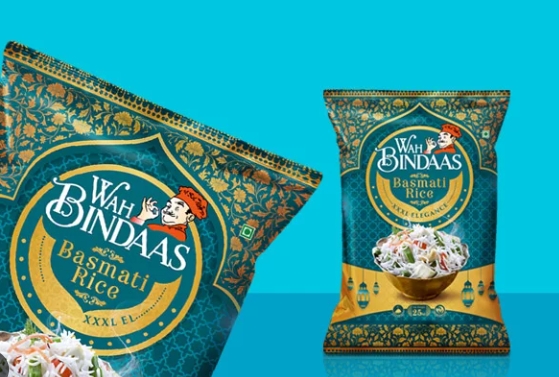Unpacking the Beauty: The Art of Rice Packaging Design
Rice is a staple food in many cultures around the world, and its packaging design plays a crucial role in attracting consumers.
Eye-Catching Visuals
The first thing consumers notice about a rice package is its design. Vibrant colors, attractive graphics, and unique patterns can draw buyers in and make them more likely to choose one brand over another.
Informative and Functional
In addition to being visually appealing, rice packaging must also be informative and functional. Clear labeling, nutrition information, and cooking instructions are essential for consumers to make informed choices and prepare their meals properly.
Cultural Influence
The design of rice packaging often reflects cultural influences and traditions. For example, packaging from Japan may feature traditional Japanese artwork or symbols, while packaging from Thailand may incorporate Thai motifs and colors.
Sustainable Practices
With growing concerns about environmental sustainability, many rice brands are turning to eco-friendly packaging materials and designs. Biodegradable packaging, minimalist designs, and reusable containers are just a few ways that rice brands are reducing their environmental impact.
Future Trends
As technology advances and consumer preferences change, the art of rice packaging design is also evolving. Augmented reality, interactive packaging, and personalized designs are just a few of the trends that we can expect to see in the future.
In conclusion, rice packaging design is a powerful tool for attracting consumers, conveying information, and reflecting cultural influences. By focusing on eye-catching visuals, informative content, and sustainable practices, rice brands can create packaging that not only protects and preserves their product but also enhances its overall appeal.

